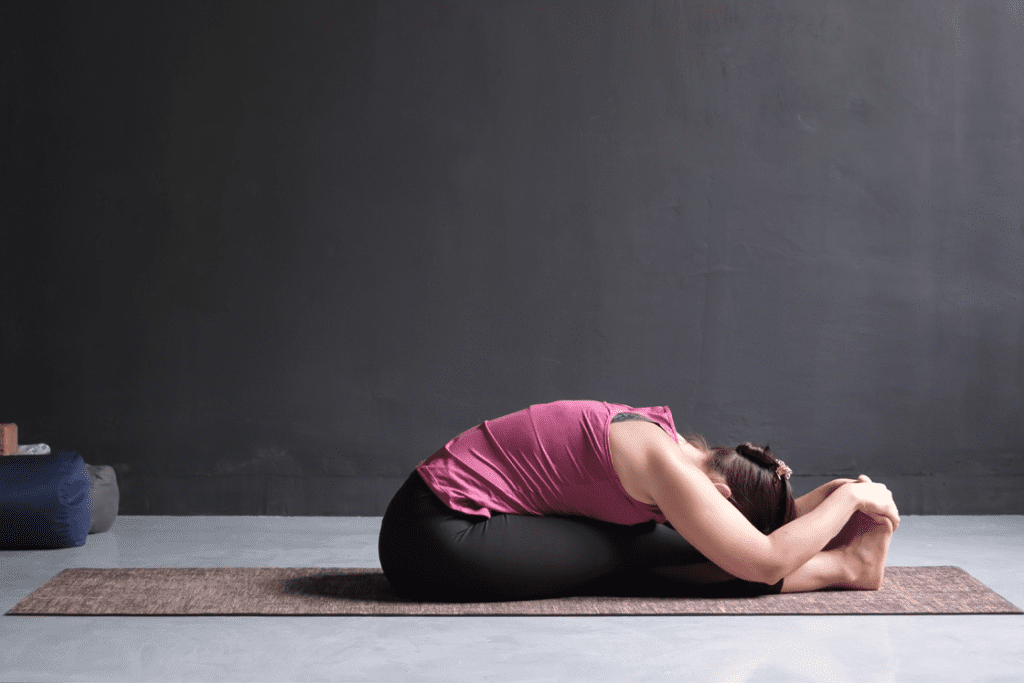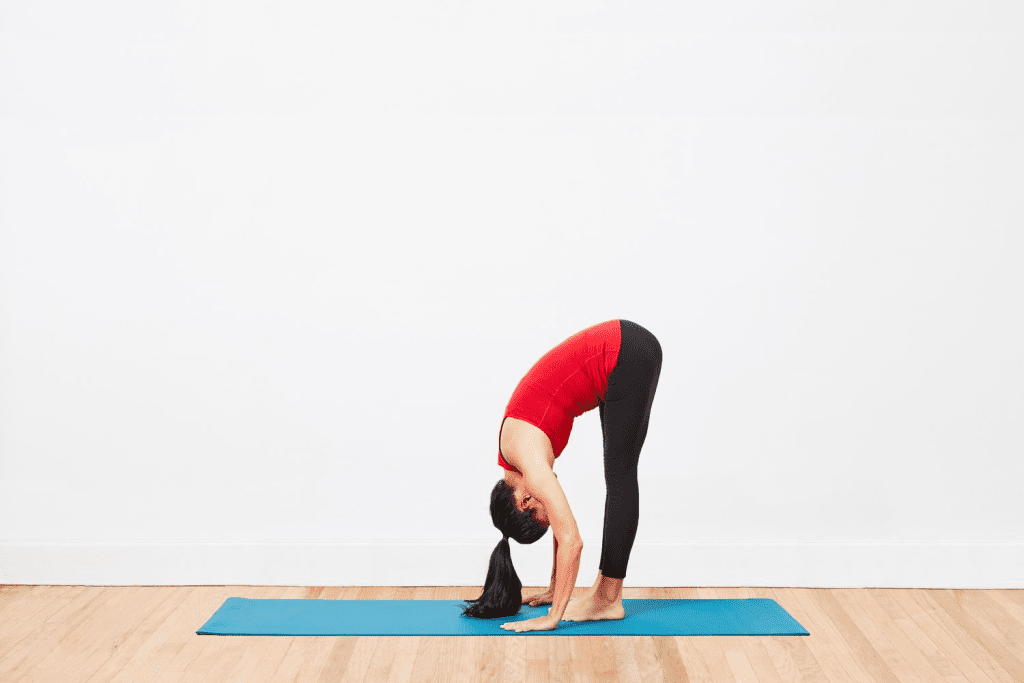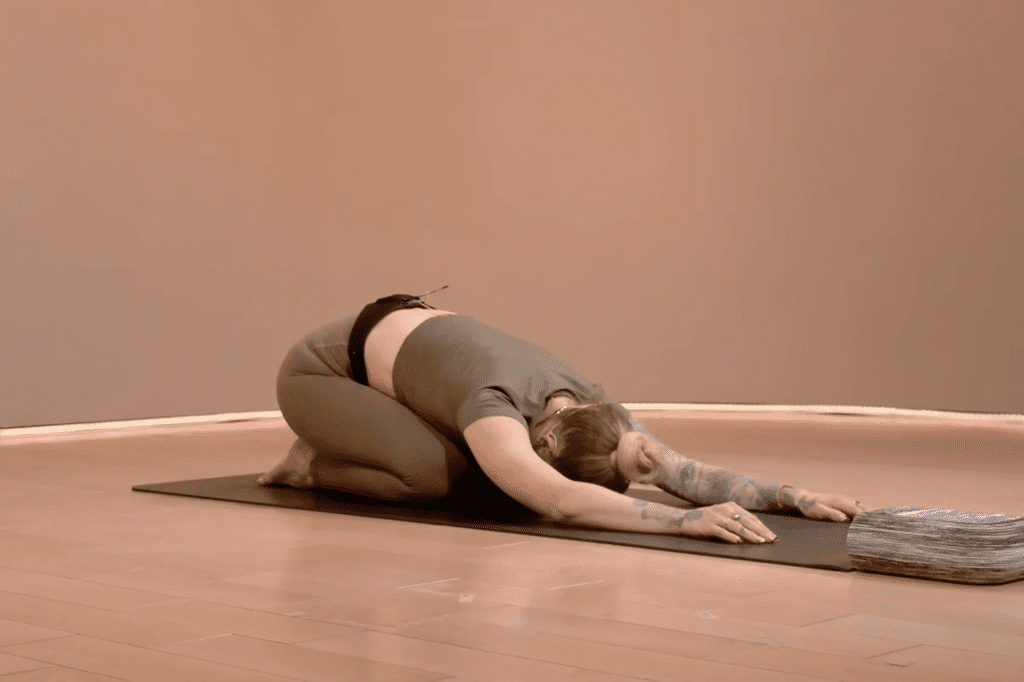Sciatica is more than just a pain in the back—it can disrupt your entire day. This condition, which affects the sciatic nerve running from your lower back through your hips and down your legs, can make sitting, standing, and even walking a challenge. The good news? A few targeted stretches can help alleviate discomfort and prevent future flare-ups. Let’s explore six effective sciatica stretches, along with tips to incorporate them safely into your routine.

Understanding Sciatica: Causes and Symptoms
Sciatica pain occurs when the sciatic nerve is compressed or irritated. This can be caused by conditions like a herniated disc, spinal stenosis, or even tight muscles like the piriformis. Symptoms often include pain radiating from the lower back through the hips and down one leg, along with numbness or tingling. Prolonged sitting, obesity, or poor posture can exacerbate the issue.
Stretching is one of the most effective ways to manage sciatica pain. By improving flexibility, reducing tension, and promoting blood flow, regular stretching can provide relief and help prevent future episodes.
The Importance of Stretching for Sciatica Relief
Stretching works wonders for sciatica pain because it targets tight muscles and reduces nerve compression. The goal is to improve flexibility in areas like the lower back, hamstrings, and hips, which play a role in supporting the sciatic nerve. Incorporating these stretches into your daily routine not only relieves pain but also improves mobility, allowing you to move more freely.
6 Sciatica Stretches for Lasting Relief
Let’s dive into six sciatica stretches designed to target the hips, lower back, and legs. Perform these stretches gently, listening to your body to avoid further discomfort.
1. Reclining Pigeon Pose: Open Your Hips
The Reclining Pigeon Pose is a fantastic way to stretch the hips, which often contribute to sciatic nerve irritation.
- How to Perform:
Lie on your back with your knees bent. Cross your right ankle over your left knee. Clasp your hands behind your left thigh and gently pull it toward your chest. Hold for 20–30 seconds, then switch sides.
This stretch relieves tension in the piriformis muscle, reducing pressure on the sciatic nerve.
2. Seated Forward Bend: Ease Lower Back Tension
Stretching the hamstrings and lower back can alleviate sciatica pain significantly.

- How to Perform:
Sit on the floor with your legs extended. Slowly lean forward, reaching for your toes. Keep your back straight and avoid bouncing. Hold the stretch for 15–30 seconds.
This stretch lengthens tight hamstrings and helps release tension in the lower back.
3. Knee-to-Opposite-Shoulder Stretch: Target the Piriformis
This stretch directly targets the piriformis muscle, a common culprit behind sciatica.
- How to Perform:
Lie on your back with your legs extended. Bend your right knee and pull it across your body toward your left shoulder. Hold for 30 seconds, then switch sides.
You’ll feel a deep stretch in your glutes and hips, which helps relieve nerve compression.
4. Standing Hamstring Stretch: Improve Flexibility

Tight hamstrings can pull on the lower back, worsening sciatica symptoms. This stretch addresses that issue.
- How to Perform:
Stand with one foot elevated on a low surface, like a step or chair. Keep your leg straight and gently lean forward until you feel a stretch in the back of your thigh. Hold for 15–30 seconds, then switch legs.
This stretch improves mobility and reduces tension in the lower back and legs.
5. Cat-Cow Stretch: Increase Spinal Flexibility
The Cat-Cow Stretch is a dynamic movement that helps loosen up the spine and reduce stiffness.
- How to Perform:
Start on your hands and knees. Inhale as you arch your back, lifting your head and tailbone (Cow Pose). Exhale as you round your spine, tucking your chin and tailbone (Cat Pose). Repeat for 8–10 breaths.
This gentle motion improves spinal mobility and eases lower back tension.
6. Child’s Pose: Relax and Stretch

Child’s Pose is a restorative stretch that calms the body while relieving tension in the back and hips.
- How to Perform:
Start on your hands and knees. Sit back on your heels, extending your arms forward and resting your forehead on the ground. Hold for 30 seconds to 1 minute, breathing deeply.
This pose promotes relaxation while stretching the lower back and hips.
Tips for Safe Stretching
Stretching should feel good—not painful. To get the most out of these sciatica stretches, follow these tips:
- Warm Up First: A brief walk or light activity helps loosen up muscles before stretching.
- Focus on Form: Perform each stretch slowly and with control. Avoid bouncing, which can strain muscles.
- Breathe Deeply: Breathing helps you relax and enhances the effectiveness of each stretch.
- Listen to Your Body: Stop if you feel sharp or sudden pain, and modify the stretch as needed.
Beyond Stretching: Managing Sciatica Pain
Stretching is just one piece of the puzzle. To manage sciatica effectively, consider these additional tips:
- Stay Active: Low-impact activities like walking or swimming keep your muscles strong and flexible.
- Maintain Good Posture: Sitting and standing with proper alignment reduces pressure on the sciatic nerve.
- Use Heat or Ice: Apply heat to relax tight muscles or ice to reduce inflammation.
- Avoid Prolonged Sitting: Take regular breaks to move around and stretch during long periods of sitting.
When to See a Healthcare Professional
If your sciatica symptoms persist or worsen despite stretching and self-care, it’s time to consult a healthcare professional. Severe pain, weakness, or loss of sensation in your legs could indicate a more serious issue requiring medical attention.
Conclusion: Stretching for Sciatica Relief and Prevention
Consistently practicing these six stretches can significantly reduce sciatica pain and improve your mobility. Whether you’re dealing with occasional flare-ups or chronic discomfort, making these stretches part of your daily routine can keep your sciatic nerve happy and healthy.
Take it one stretch at a time, and remember: small, consistent efforts lead to big results. Keep moving, stay mindful of your body, and enjoy the freedom that comes with reduced pain and improved flexibility!


